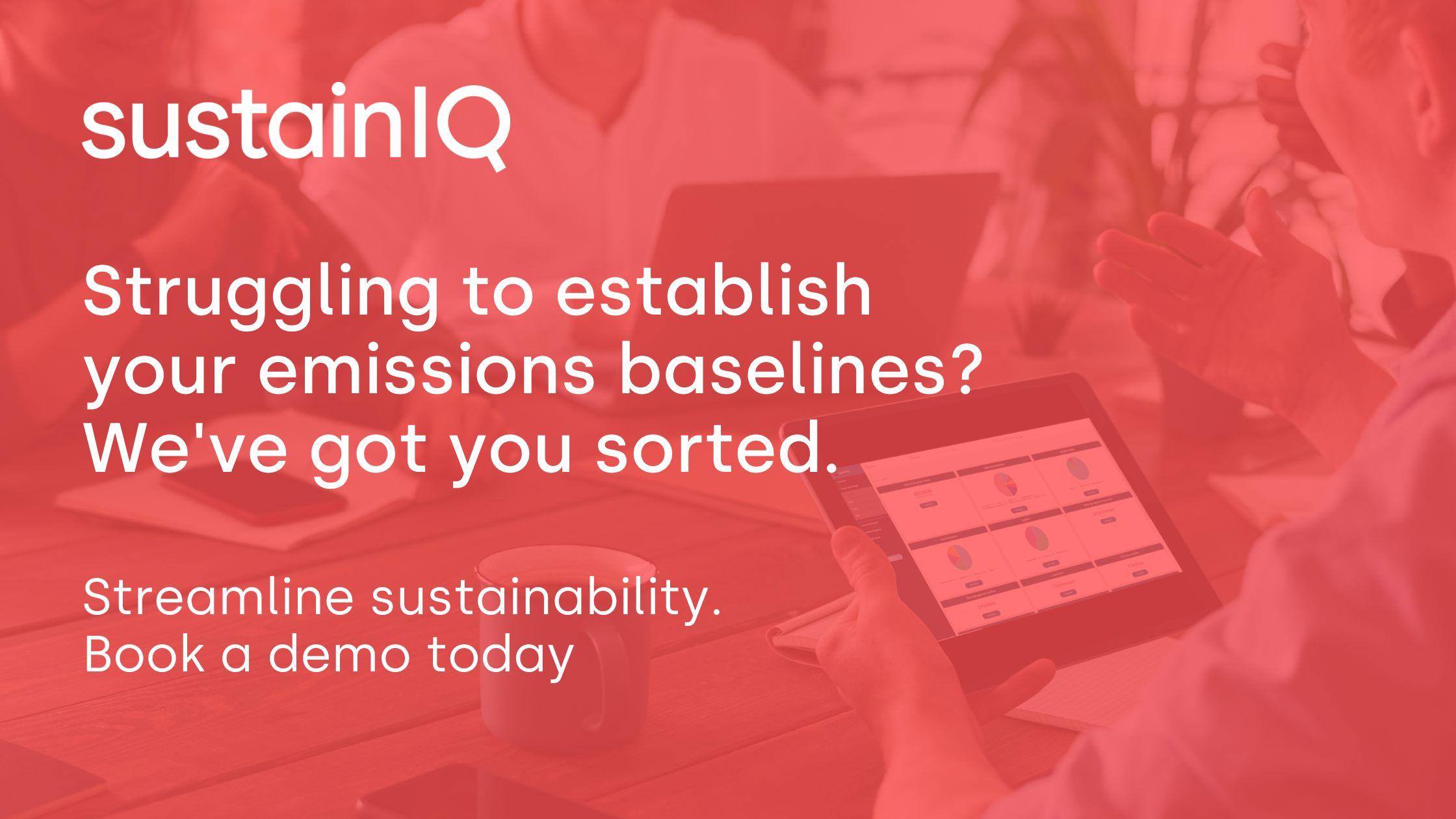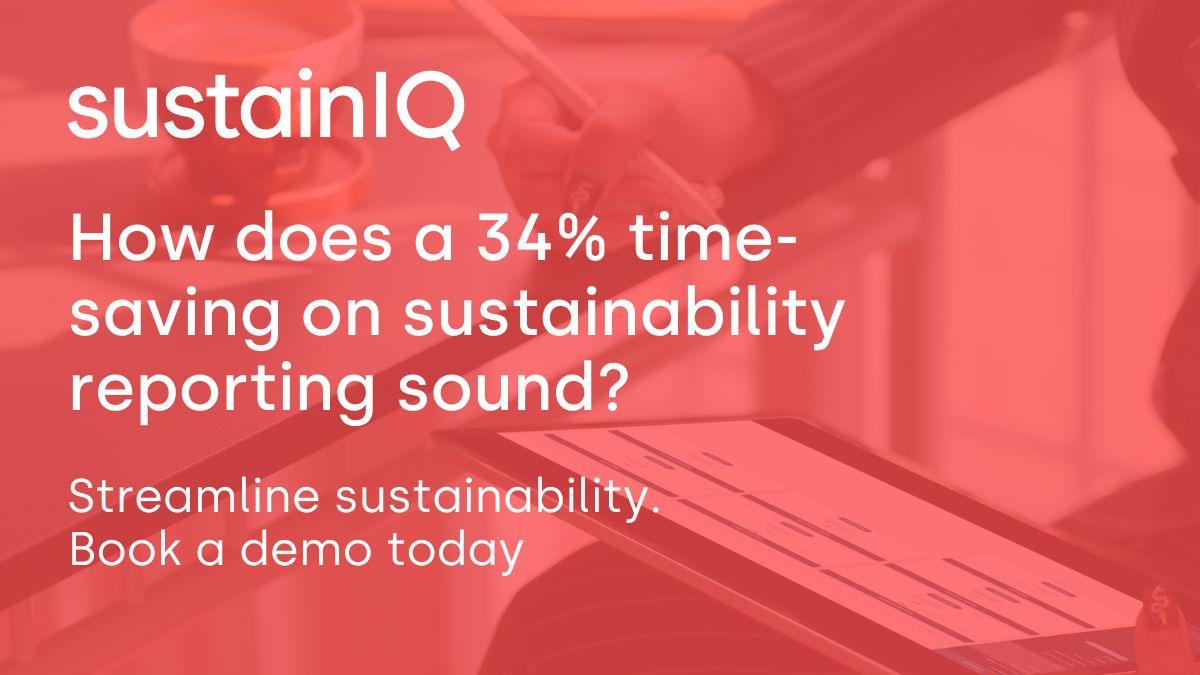Jul 11, 2022 | Conal Love
Environmental, Social & Governance (ESG) has moved from being a somewhat niche concept to top of the boardroom agenda in a short space of time. The impetus for action on ESG is coming from investors and the financial community for many companies but understanding where and how to start can be a troublesome stumbling block.
Getting buy-in from management, determining where data exists across different teams and how to pull all the elements of ESG together throughout the operation can be overwhelming.
If you’re just getting started, worry no more – here’s 6 core steps to getting started with ESG.
1. Why do we need ESG?
As with any business decision, researching the need and the cost-benefit and then building a business case is an important first step.
Without management buy-in or a clear purpose for embracing ESG your strategy may lose momentum or veer of track further down the line. Why do you need ESG? You should be able to answer that question going any further on your journey.
Are client demands driving the need? Perhaps regulation in your country is pushing ESG up the agenda? Maybe financial investors are asking questions you haven’t yet got answers to? Starting to score poorly on sustainability weightings in bids? First determine the range of drivers and then consider the potential risks of doing nothing, and the potential return of doing something. If the return seems higher in the long term, it’s time to move on to step 2.
2. Identify what matters most
The topics that come under the ESG umbrella are already there within your business. Every business uses energy, generates waste, has employees whose wellbeing is important to productivity, may have a board and certainly impacts on the world and people around it. All of these areas fall under the ESG reporting remit, but some will be more material to your company than others and that’s where prioritisation comes in.
A materiality assessment is the best practice approach to identifying what matters most to the business and its stakeholders. This will mean communicating with key stakeholders, asking what ESG issues matter to them when dealing with your business and having those same discussions internally with your senior team and/or Board to identify the most significant topics for you to focus on.
3. Understand where you (and your teams) are now
Having identified the most material ESG issues for your company, the next step is to assess where you currently stand on those issues. Extracting data from each of those areas and transforming it into meaningful insights is the real key to determining where you are and setting baselines.
Before developing your strategy, take stock of what sources of data already exist and where there are gaps. For the gaps, can you identify where the data might come from and how you’ll gather and record it?
SustainIQ provides users with one integrated reporting dashboard, making it easier for our users to determine baselines and visualise data at this crucial stage. This can be particularly useful when it comes to the reporting stage later as everything is within one portal, making it easier to get a complete picture at the touch of a button.

4. Baselines identified, set your goals and KPIs
Having reviewed your data, you may discover your business is really struggling with waste management, or not doing enough to address gender diversity and your materiality assessment may have identified those as priorities. Without the data, you won’t know what your goals should be in each area and how you perform against them as the strategy is implemented.
Use the baselines you’ve identified to set goals in:
- Environment – carbon reduction, energy use, resource management, biodiversity, and natural capital
- Social – workplace diversity and inclusion, community engagement, employee wellbeing, supply chain labour practices
- Governance – responsible procurement, board diversity, risk management
Those overarching goals will be high level and strategic, so to ensure you can track your progress against them, set key performance indicators (KPIs) under each area and establish reporting procedures and timescales, whether that’s monthly, bi-monthly, or quarterly.
Regardless then, no matter what happens day-to-day, you’ll have accurate data on-hand and KPIs found in the foundation of your strategy that will pull your approach back on target if priorities fall off track.
If you can align your strategy with the UN Sustainable Development Goals (SDGs), this can be especially useful in demonstrating the wider external impact your business is having. You may even see the SDGs as a useful framework for undertaking that materiality assessment we looked at in step 2.
5. Set a framework and implementation plan
Baselines established, goals set and KPIs agreed, it’s time to create an ESG framework and action plan that will help you meet those goals. Your framework and plan should outline your company’s vision, the reason for your ESG goals, and any guiding principles. You should ensure you’ve considered any budgetary implications and have the resources in place to deliver.
If you’ve followed the steps up until now, you will have:
- Identified the priority ESG topics for your company – the ones where you can have the greatest impact
- Used data to identify challenges and opportunities in the business
- Built goals and KPIs that are informed by the data
- Detailed actions against each data-led goal to drive success
6. Measure, monitor & report
As actions are implemented, measuring, monitoring & reporting actively is crucial. Capturing data in real-time can be a real game changer for businesses, as it can make it possible to report simply and easily on a quarterly, monthly, weekly, or even daily basis, depending on your requirements.
Using SustainIQ, your business can easily implement this stage with real-time data capture across all aspects of ESG, and track performance against your business’ required KPIs, including those outlined in any specific framework you might have chosen to report to.
If you’re getting started on your ESG journey and need help data-mapping and taking the initial step toward setting ESG baselines, reach out to us today or drop us an e-mail to [email protected] to get going.

Related blogs
- Is it time for businesses to go circular?
- Why make a carbon inventory?
- Can you afford to NOT invest in ESG?
- The Road to Net Zero: Getting Started
Environmental, Social & Governance (ESG) has moved from being a somewhat niche concept to top of the boardroom agenda in a short space of time. The impetus for action on ESG is coming from investors and the financial community for many companies but understanding where and how to start can be a troublesome stumbling block.
